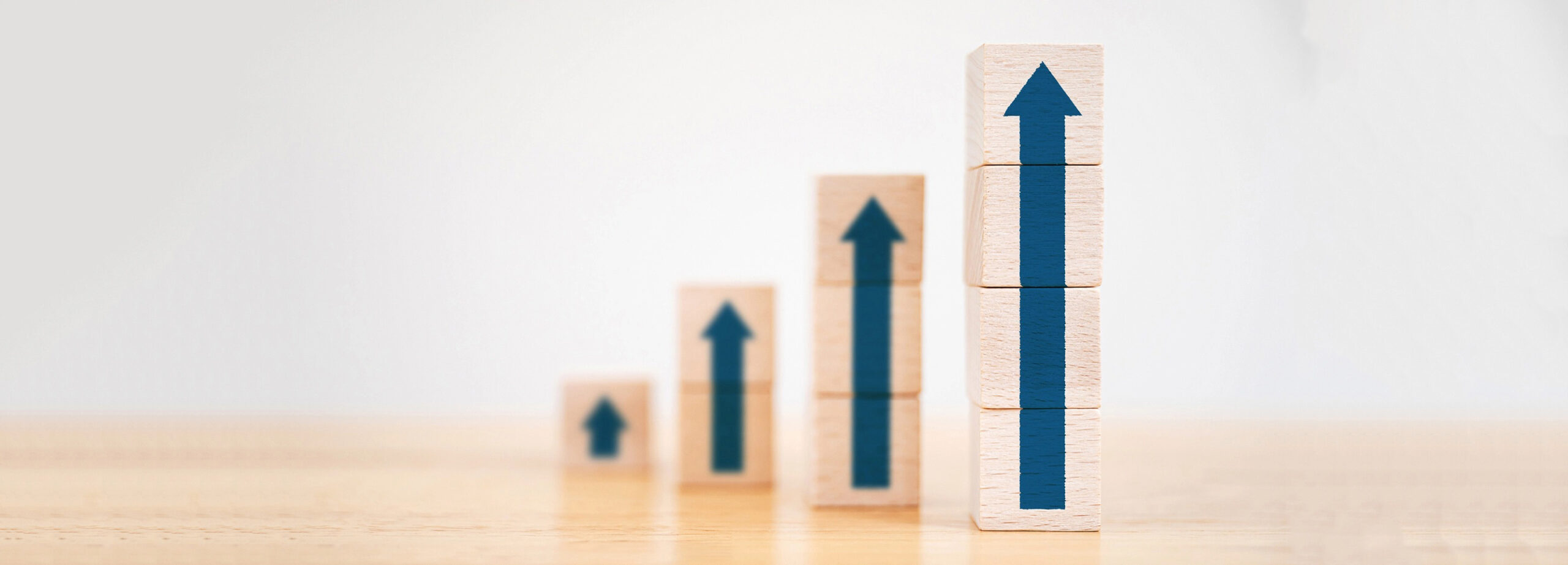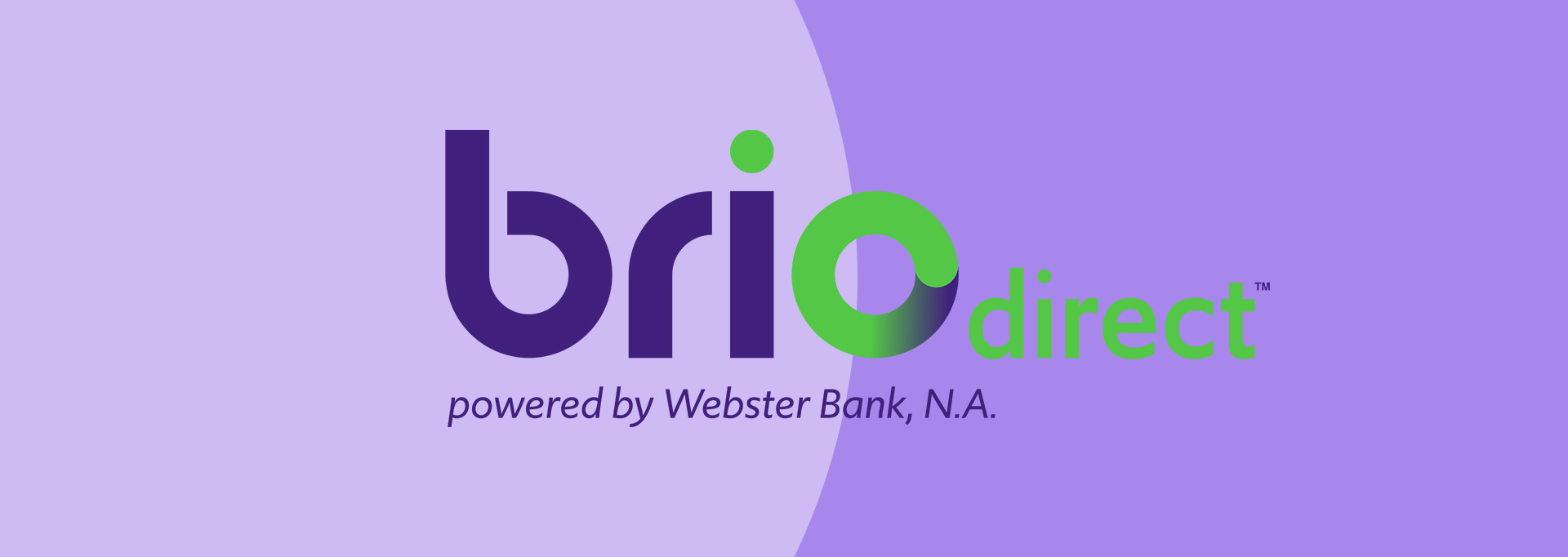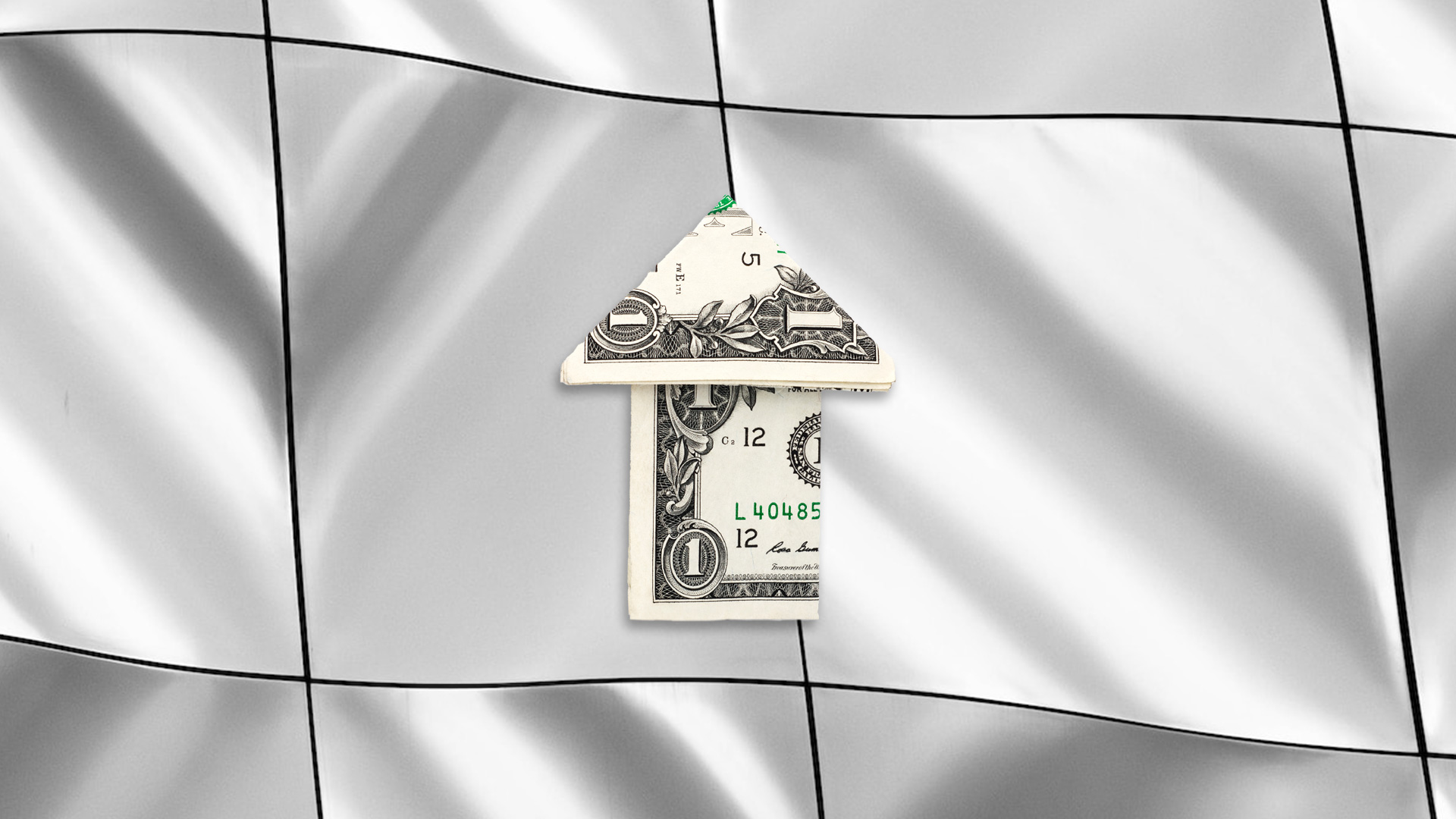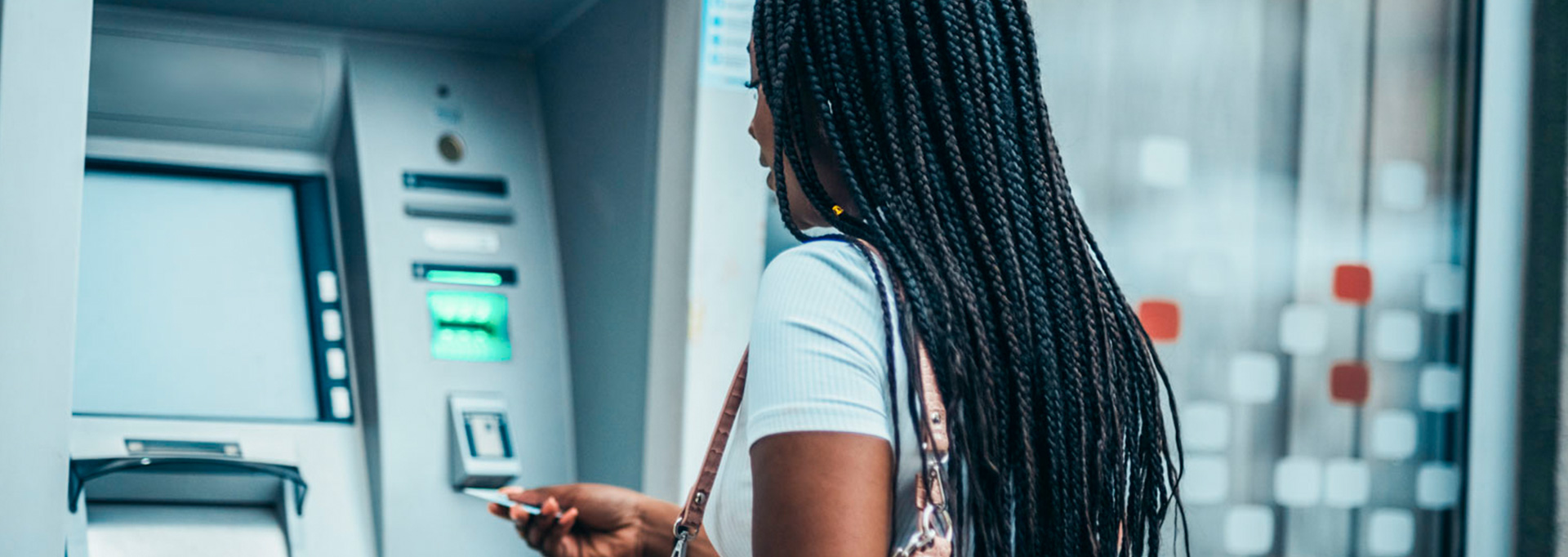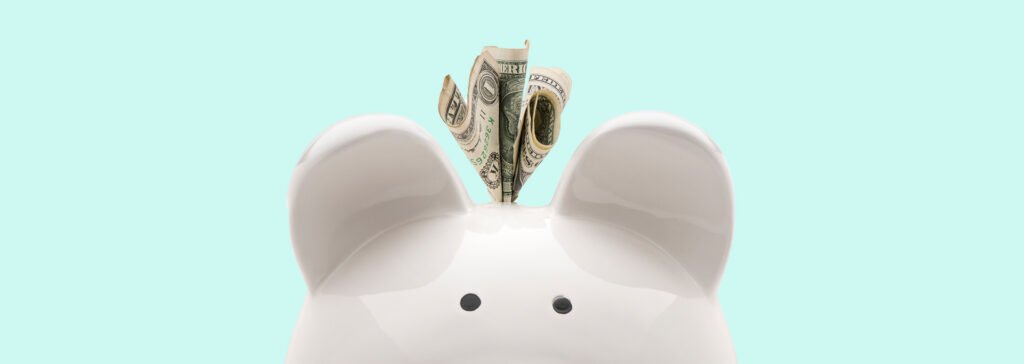Most products on this page are from partners who may compensate us. This may influence which products we write about and where and how they appear on the page. However, opinions expressed here are the author's alone, not those of any bank, credit card issuer, airline or hotel chain.
Not sure if you need a checking or savings account, or maybe both? This summary guide explains the differences between these accounts and what you need to know.
In general, a savings account is intended to be used for safeguarding funds while earning some interest on them. A checking account is often used for day-to-day spending transactions, including receiving paycheck deposits, cash withdrawal from an ATM, and paying monthly bills.
We break down the differences between the two and how to benefit from having one or both of them.
What is a Savings Account?
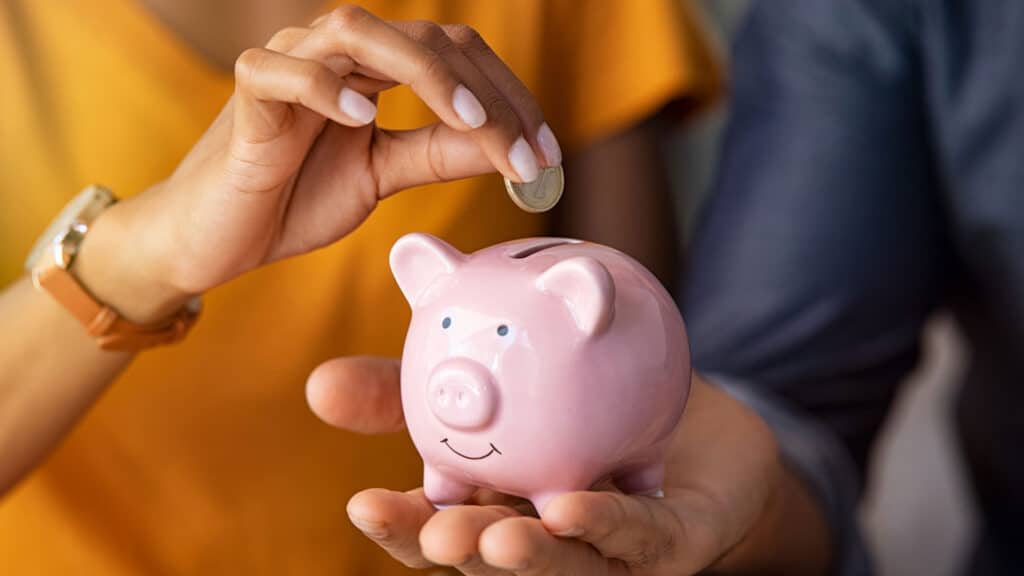
A saving account is a bank account that pays compounded interest as an annual percentage yield (APY) on the balance of funds held in the account. The APY will vary by institution, but there are some financial institutions that offer a high-yield savings account with a higher APY so you can earn higher interest from storing your funds.
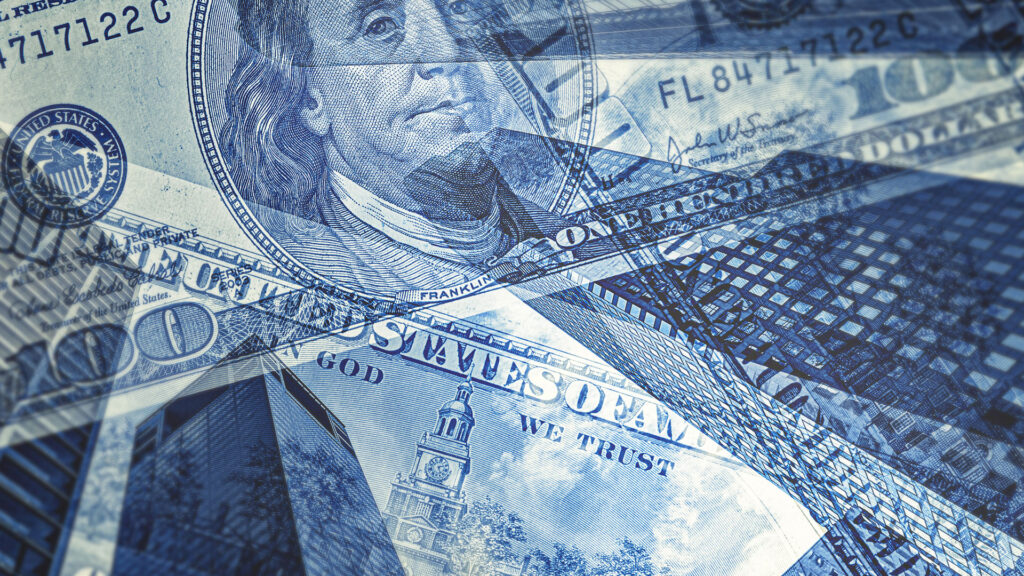 Related Article
Related Article
Best High-Yield Savings Accounts (July 2025)
What is a savings account used for?
The purpose of a savings account is to hold funds in a reasonably safe way for long-term savings. People often put their emergency fund or savings for large purchases into a savings account because it can be easily accessed within a short period of time.
Since interest earned on a regular savings account is often low and generally not enough to keep up with rising inflation in America, a savings account is most popularly used as a reliable place to store funds that may be needed in the event of an emergency rather than as an investment vehicle to grow wealth.
Who can open a savings account?
You must be 18 years old or older to open a savings (or checking) account. Children under the age of 18 years old may have a savings account that is a joint account with a parent who is at least 18 years old.
What do you need to open a savings account?
To open a savings account, you will need to provide valid forms of identification for the bank to verify your identity. According to the Consumer Financial Protection Bureau (CFPB), you do not need to be a citizen or a permanent resident or have a Social Security Number to open an account with a financial institution.
A bank or credit union must follow the “Know Your Customer” rules by verifying:
- Government-issued identification (such as a driver's license or passport)
- Date of birth
- Physical address
- Contact information
- Social Security Number or Taxpayer Identification Number
For those without an SSN or ITIN, some banks may accept a foreign passport, an alien identification card or another government-issued identification card. Check with the institution for their requirements.
Depending on the financial institution, a minimum deposit may be required to open a savings account.
Pros and Cons of a Savings Account
Savings accounts have advantages (pros) and disadvantages (cons) compared to other types of accounts.
Pros
- A consumer savings account is easy and generally free to open.
- You are free to withdraw the funds any time you want.
- A savings account might be considered a safe place to store funds for long-term savings, such as your emergency fund.
- A savings account earns some interest on the balance held in the account.
Cons
- For a regular savings account, you usually cannot pay for something out of the savings account directly and may have to go to the bank to withdraw funds.
- The interest paid as APY on a traditional savings account tends to be very low, and not enough to keep up with inflation.
- A minimum deposit may be required to open an account.
- A minimum daily balance may be required for some accounts to avoid fees.
- There may be savings withdrawal limits.
What is a Checking Account?
A checking account is a bank account most often used for everyday spending, regular deposits and withdrawals. Checking accounts are where you would primarily receive deposits from your paychecks, pay bills and withdraw cash for everyday purchases.
Who can open a consumer checking account?
The requirements for opening a checking account in the United States are the same as a savings account:
- You must be 18 years old or older to open a checking account.
- Children under 18 years old may have a savings account that is a joint account with a parent who is at least 18 years old.
- A bank or credit union must follow the “Know Your Customer” rules by verifying your identification. You may have to show government-issued identification and a copy of a recent utility bill in your name as proof of your address.
Some financial institutions do not require a minimum deposit to open a checking account and market this service as “free checking.”
Bank on a budgetExplore the Best Free Checking Accounts
Visit the Marketplace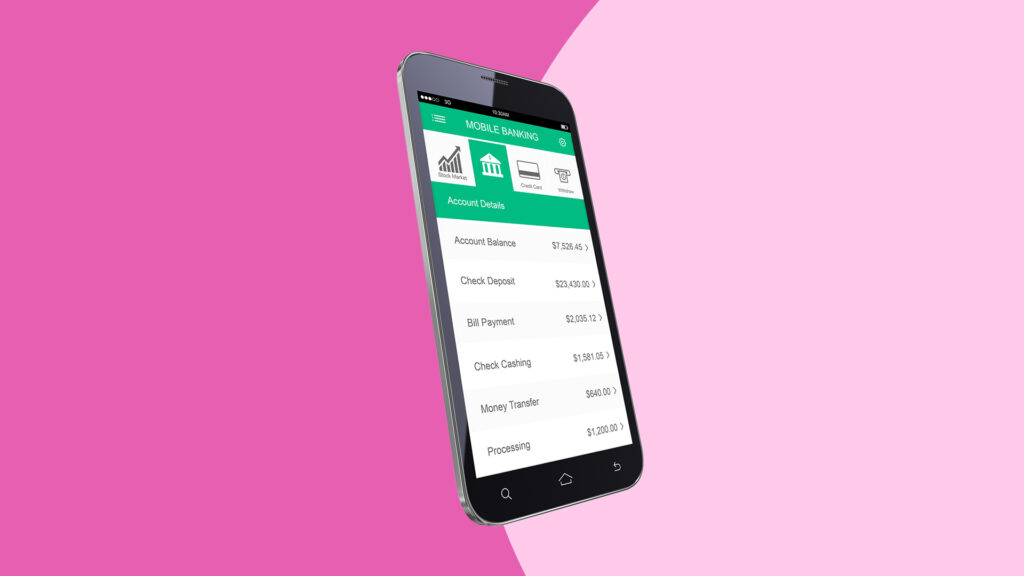
Pros and Cons of a Checking Account
Here are the pros and cons of opening a checking account:
Pros
- Offers debit cards for ATM withdrawals and purchases
- Overdraft protection (optional)
- Bill pay options, including through debit card or writing checks
- Funds can be withdrawn at any time
- Direct deposit
Cons
- May require minimum daily balance
- May come with monthly account fees
- Other fees, including overdraft fees may apply
- No interest (or very little interest)
Checking vs. Savings Account Comparison
| Primary Purposes | Interest | Withdrawal Limits | |
|---|---|---|---|
|
Checking |
Making payments, direct deposit |
Sometimes – most traditional checking accounts do not earn interest, though some accounts do. |
None |
|
Savings |
Store money for long-term goals, emergency funds and other non-immediate needs. |
Yes – rates vary from account to account. |
Traditionally limited to six a month, though the Federal Reserve Board temporarily suspended this rule for the duration of the COVID-19 pandemic. |
In April 2020, the Federal Reserve lifted the limit of six withdrawals per month. However, each financial institution can set the rules for the accounts they offer. Accounts may still allow only up to six withdrawals per month under a bank's rules. Check with each financial institution to learn the details about the account offered.
Should I Open a Checking or Savings Account?
If you have a need to pay bills and desire a debit card for purchases, then a checking account will likely be your best bet. On the other hand, if you're more interested in saving for an emergency fund or a large purchase, a savings account might be more appropriate. Many people will likely benefit from having a checking and savings account open in tandem; luckily most traditional banks make this easy by offering both types of accounts.
Deposit Account FAQs
-
The important considerations are if the bank charges any monthly fees and has any minimum balance requirement.
Do some research on monthly fees, overdraft fees, ATM fees, whether you can transfer between accounts, onling banking, opening deposit requirements, and interest rates.
To entice new customers, banks also offer generous bonuses for new account openings.You will also want to make sure that the bank is federally insured by the FDIC.
-
The CFPB says that there are no restrictions. You can open as many accounts as you like based on your investment needs and financial goals.
-
You need to be 18 years old to open a savings or checking account. However, minor children can open a joint bank account with a parent who is over 18 years old.
-
For convenience and the ability to easily and quickly move funds from one account to another, it may be helpful to have your checking and savings accounts at the same bank. Nevertheless, some prefer a strategy to use more than one bank because if a bank's system goes offline from a cyber attack or natural disaster, it might be helpful to have alternative banking options that might still work.
-
It depends on how much money you have deposited and into what type of accounts. Most bank accounts are insured by the Federal Deposit Insurance Corporation (FDIC) for up to $250,000 per depositor in each account ownership category. There are 14 ownership categories. Each account type may hold up to $250,000 and still be covered by FDIC insurance.
Anything in excess of the coverage limit of $250,000 can be subject to loss if a bank fails. However, the FDIC may make attempts to recover part of it for you. For example, the FDIC may pay 50 cents to the dollar for uninsured deposits as they did for IndyMac customers in 2009.
Insurance for credit union accounts for $250,000 per depositor is offered by the National Credit Union Administration (NCUA).




